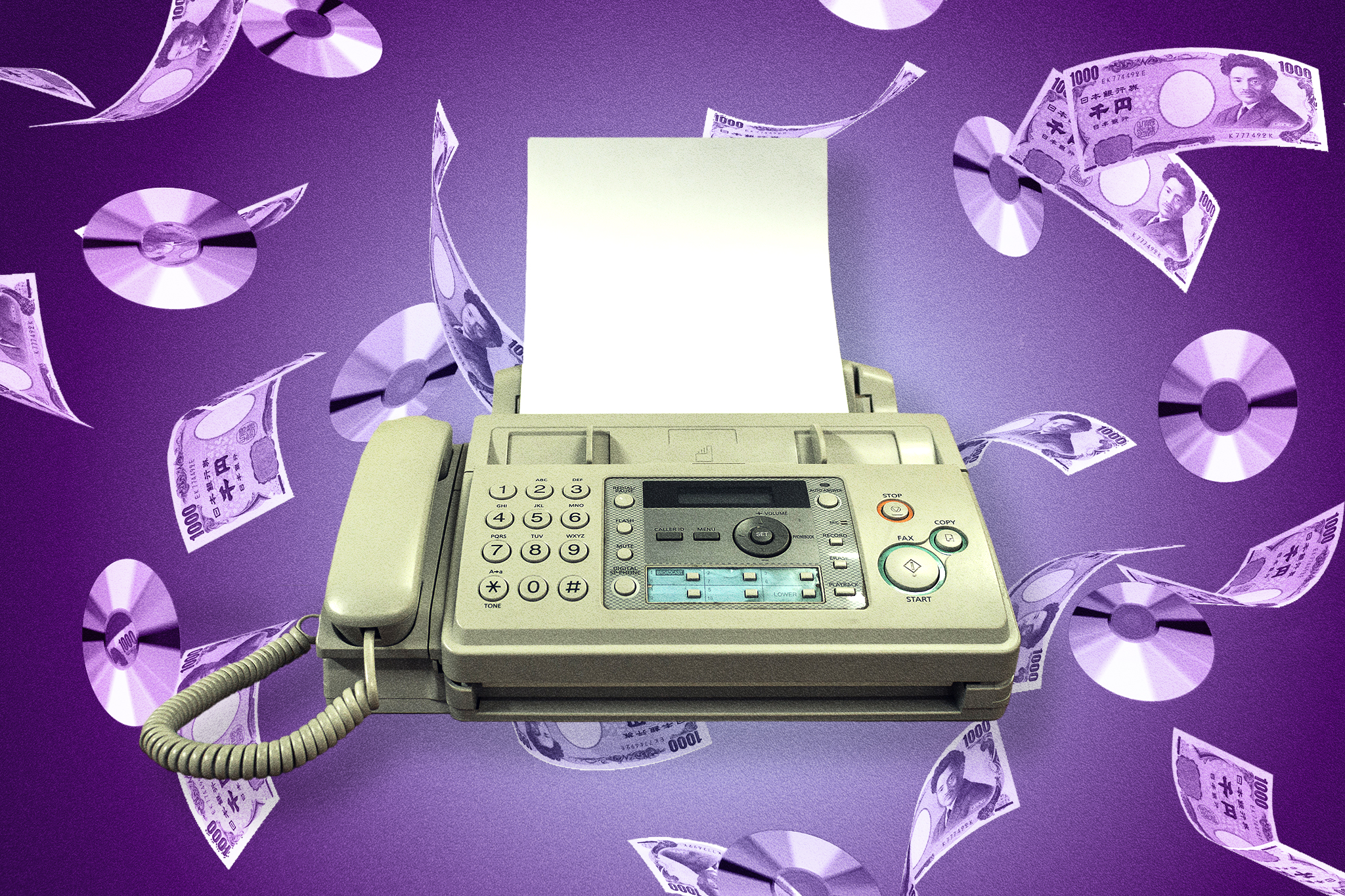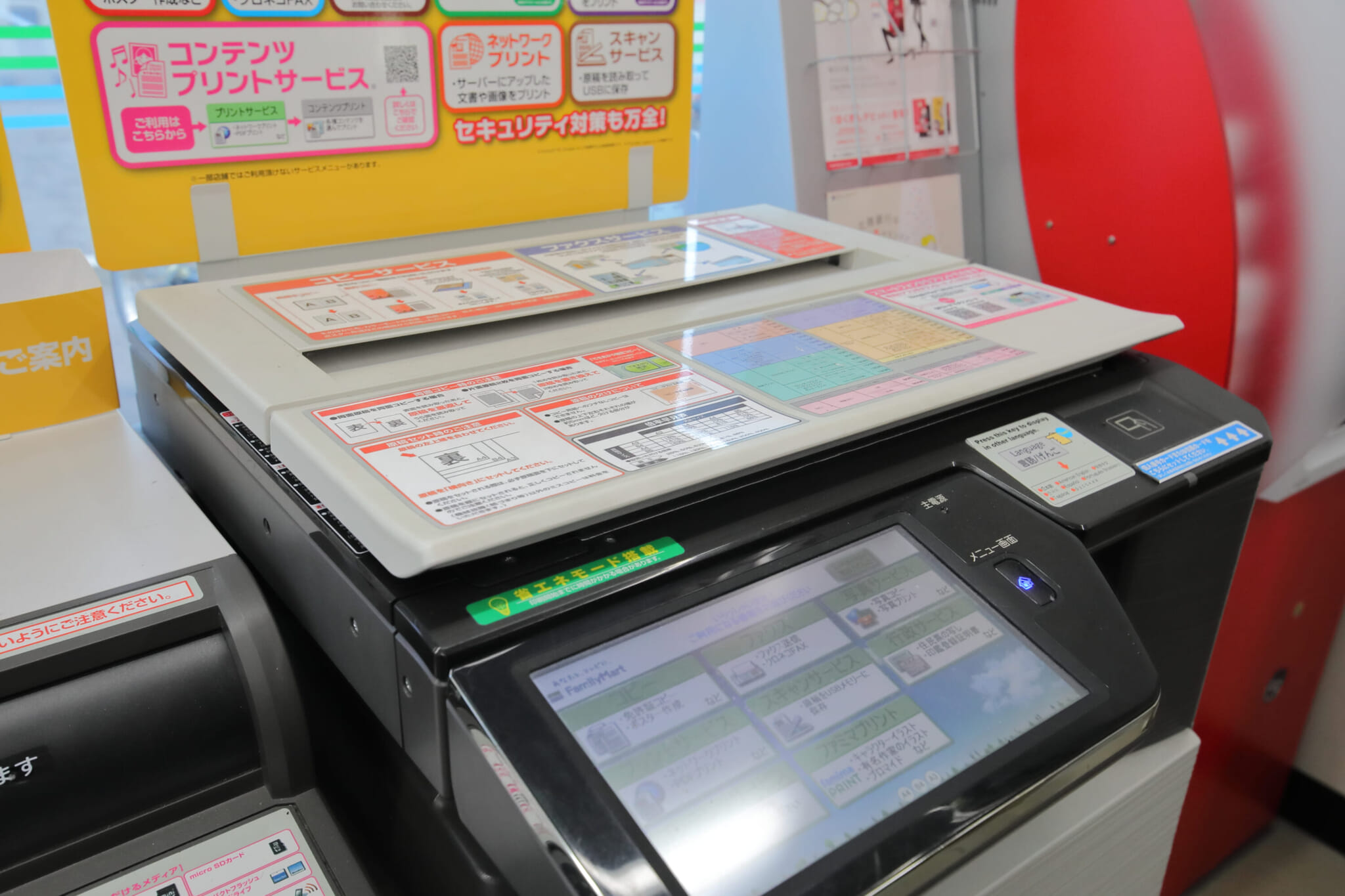
Fax Machines
Probably the most obvious candidate on this list is the humble fax machine. Head to Japan on holiday and you won’t notice it, but wait until there is a slight bit of paperwork or forms to fill out and the fax machine will become your greatest frenemy. Stories abound of Japanese companies attempting to move on from fax machines and losing business as a result.
During the recent Tokyo Olympics, national broadcaster NHK instructed viewers to send messages of support to its athletes via fax. And in 2020, the government ran a survey to find out how many Japanese households still have a fax machine. At 34 percent, it seems like Japan is not giving up on it anytime soon.
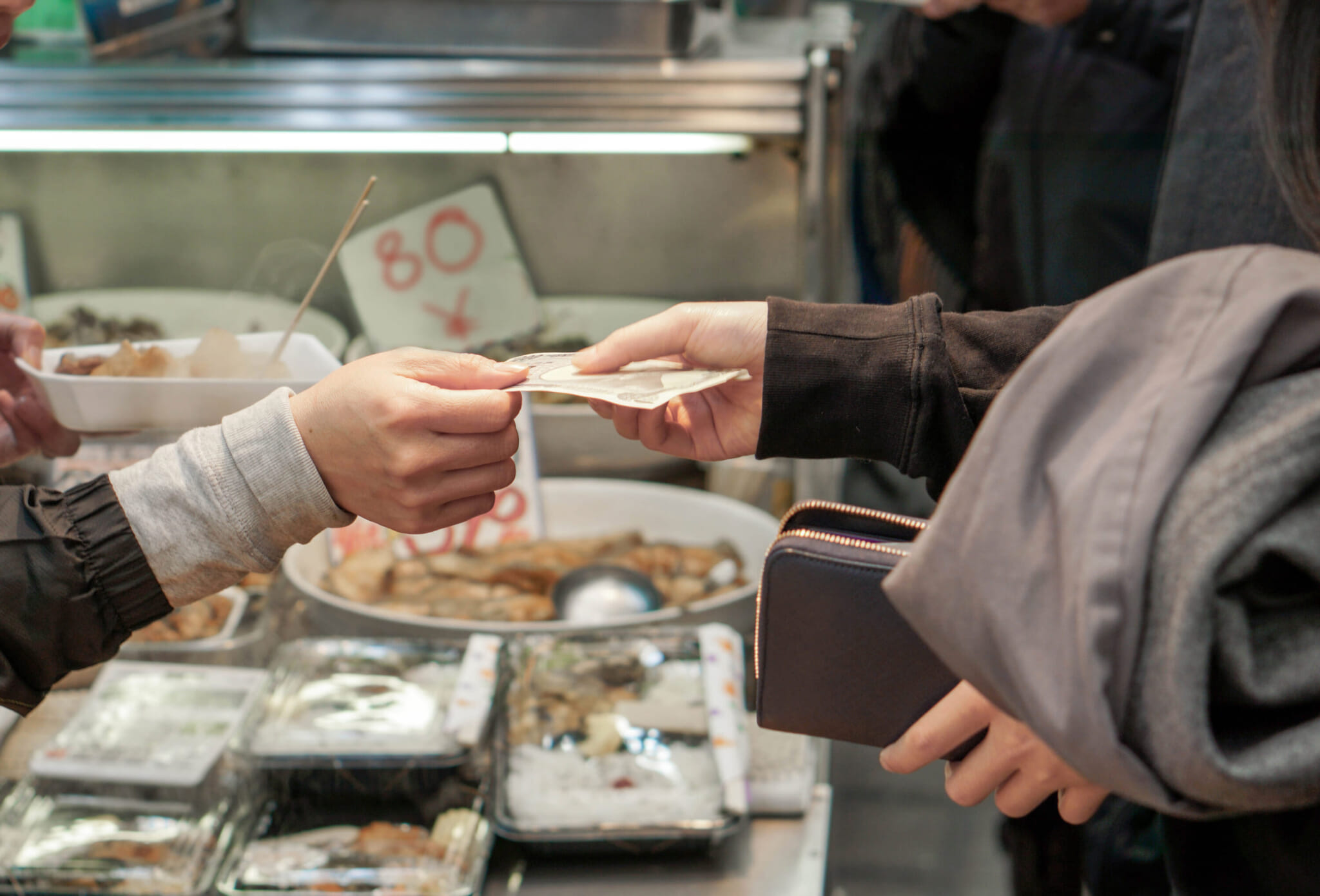
Cash
Even though the term ‘cashless society’ is becoming more and more recognisable around the world, Japan lags behind, preferring cash over cards. Compared to its neighbor South Korea, in which 93 percent of payments in 2022 were cashless, Japan’s was a mere 32 percent.
Even though the Japanese government has been trying to promote cashless payments and different cashless initiatives, many businesses are slow to respond. While this is slowly changing, even in Tokyo, many independent businesses still only accept cash payments.
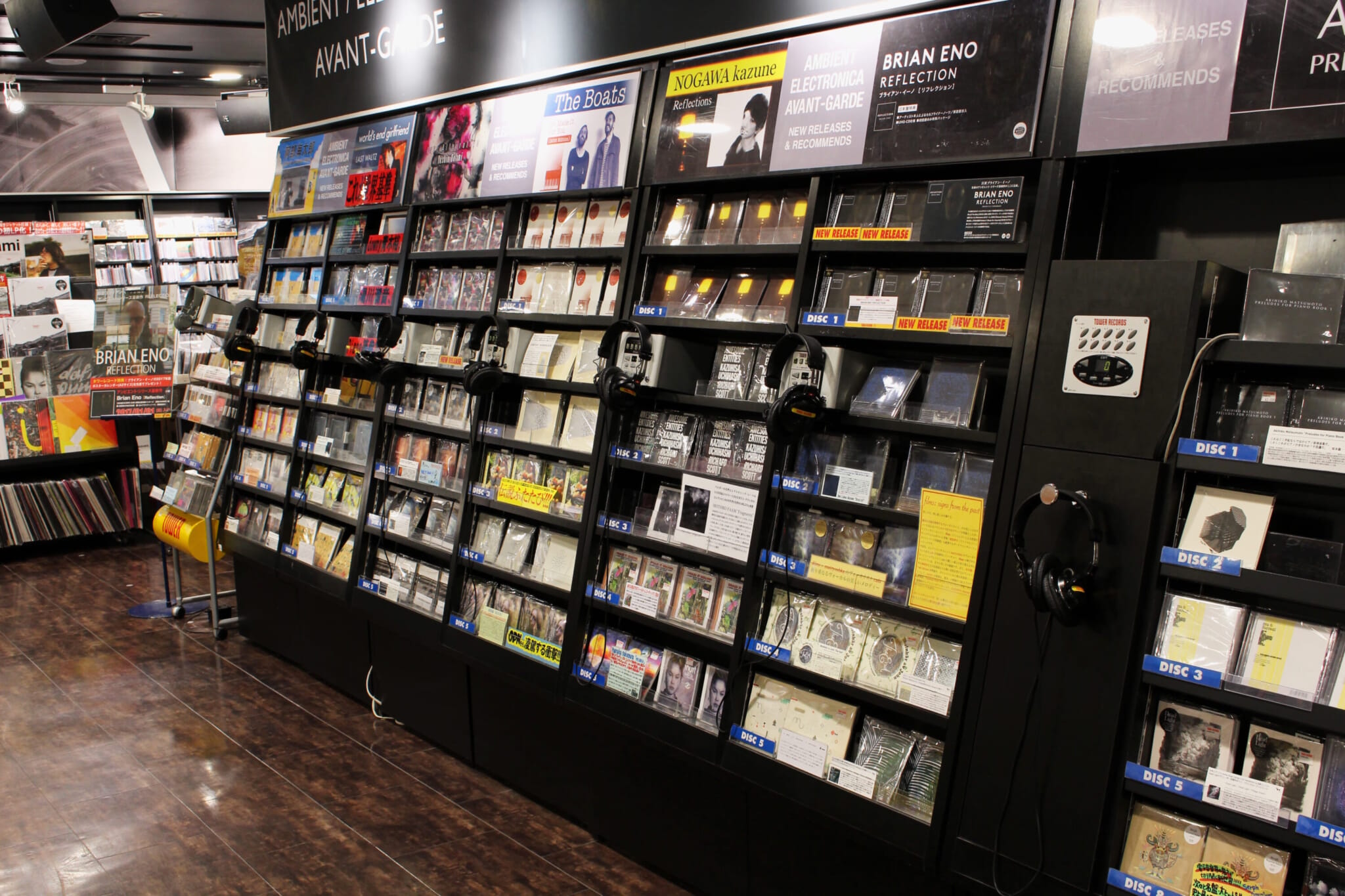
CDs
In 2019, 70 percent of music sales in Japan were CDs, a format rendered pretty much obsolete in other countries. The Japanese music industry loves physical CDs over streaming because there is extra money to be made from things like idol posters and tickets. When bands are very popular, it is common to have a run of CDs with different faces on the front, so fans can collect them all.
Since the pandemic, this has started to change, and streaming has become more popular. The CD, though, still has life in it. In 2022, the CD market generated more sales than the digital market.
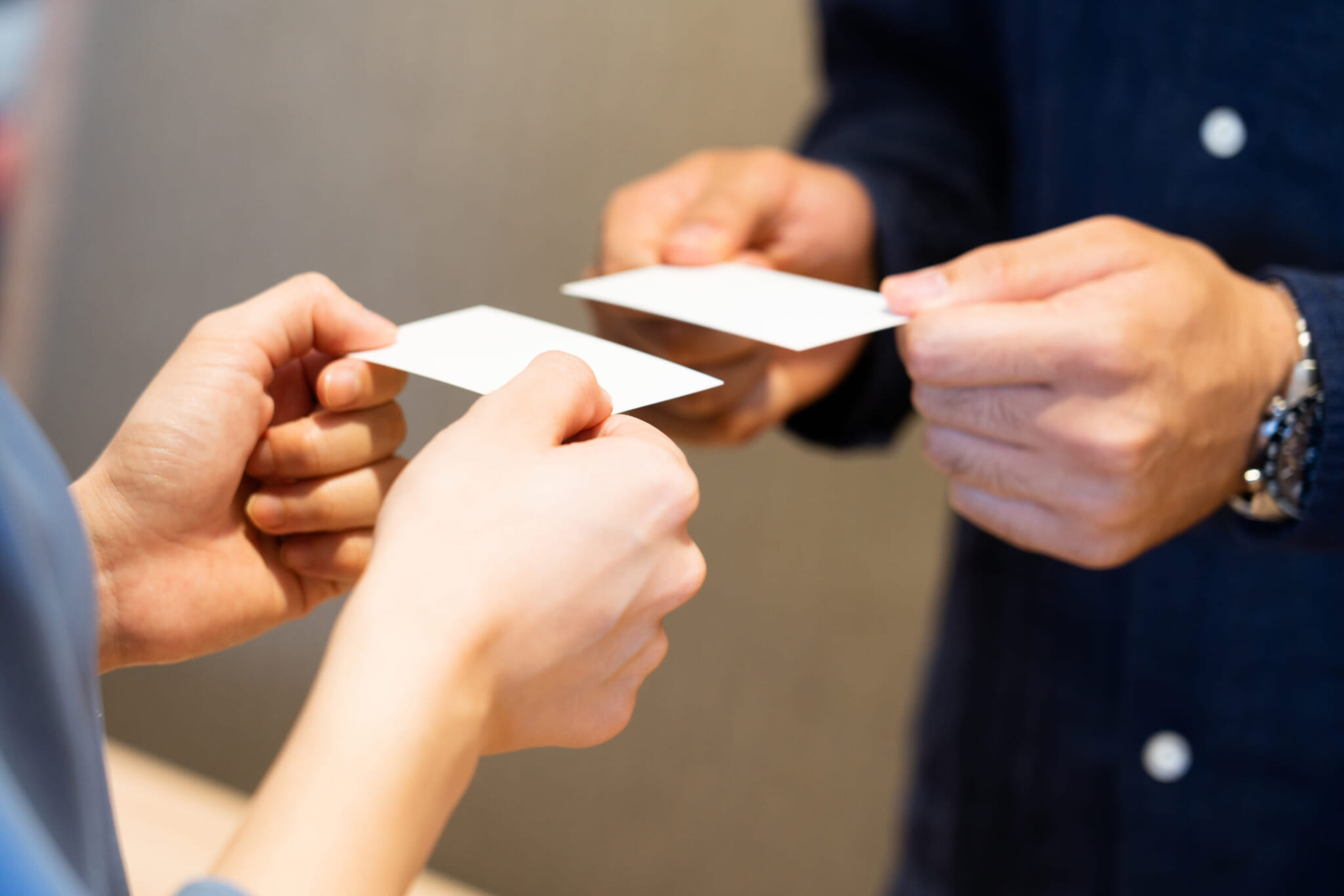
Business Cards
In a formal, Japanese business setting, it is a requirement to have a business card (meishi). As a country fond of rituals, the business setting is no different. An important part of a meeting with representatives is the exchange of business cards, known as meishi koukan. This involves holding out your business card with both hands, and humbly receiving the other person’s business card with both hands in return. Occasionally, the business cards will be laid out in front of each member for the duration of the meeting.
Rather than a LinkedIn or social media account exchange, Japan prefers a piece of card with a name on it. Recently, innovators have added QR codes onto their business cards, but at the end of the day it all comes down to the passing of paper.
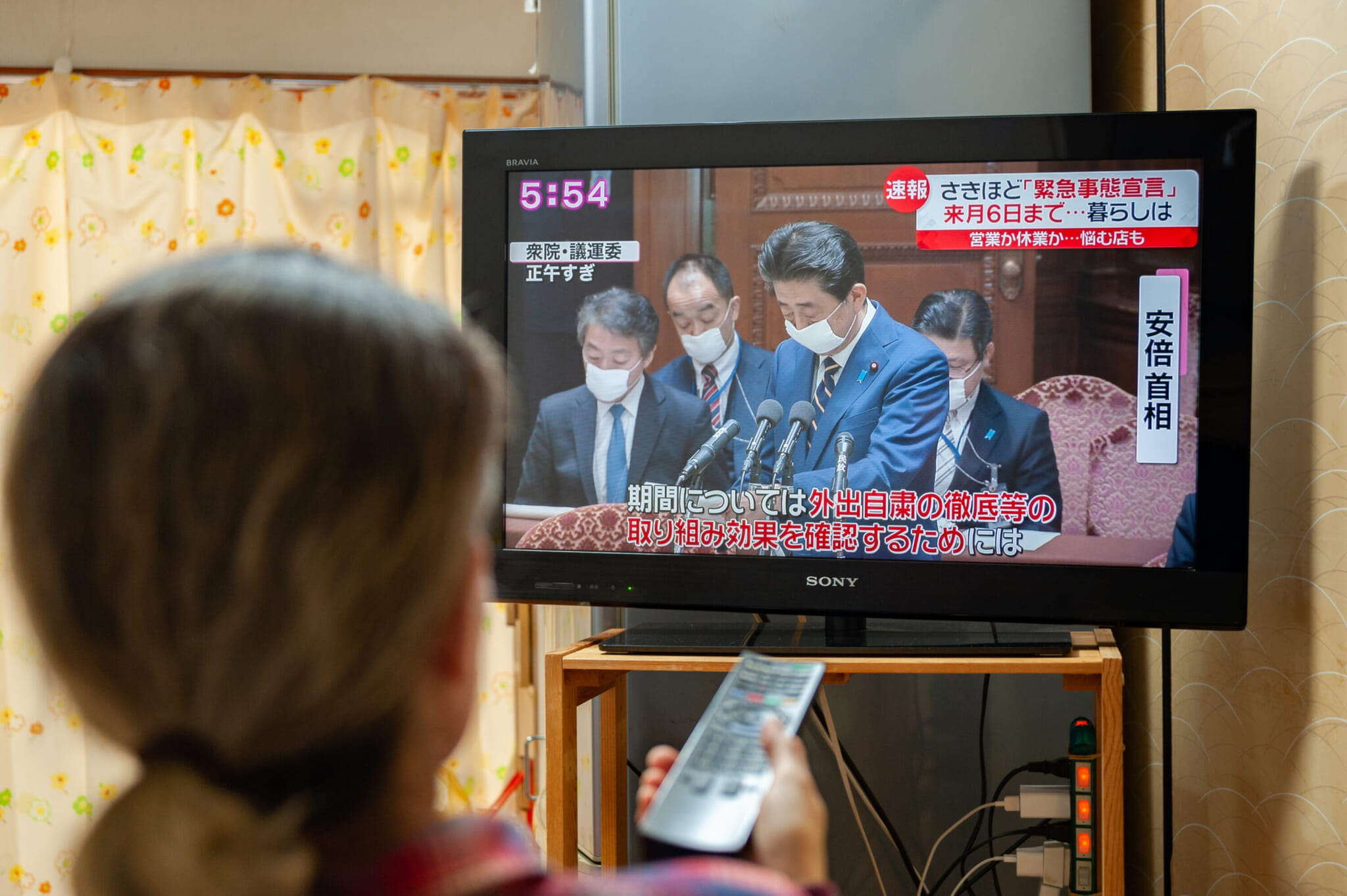
Word Art
One distinguishing feature of Japanese daytime television is its brightly colored bubble lettering or word art emphasizing each word spoken. Unlike subtitles, they are impossible to turn off.
While bold writing is key across the world, in Japan word-art letters are key. The brighter, more bubbly the font, the better.
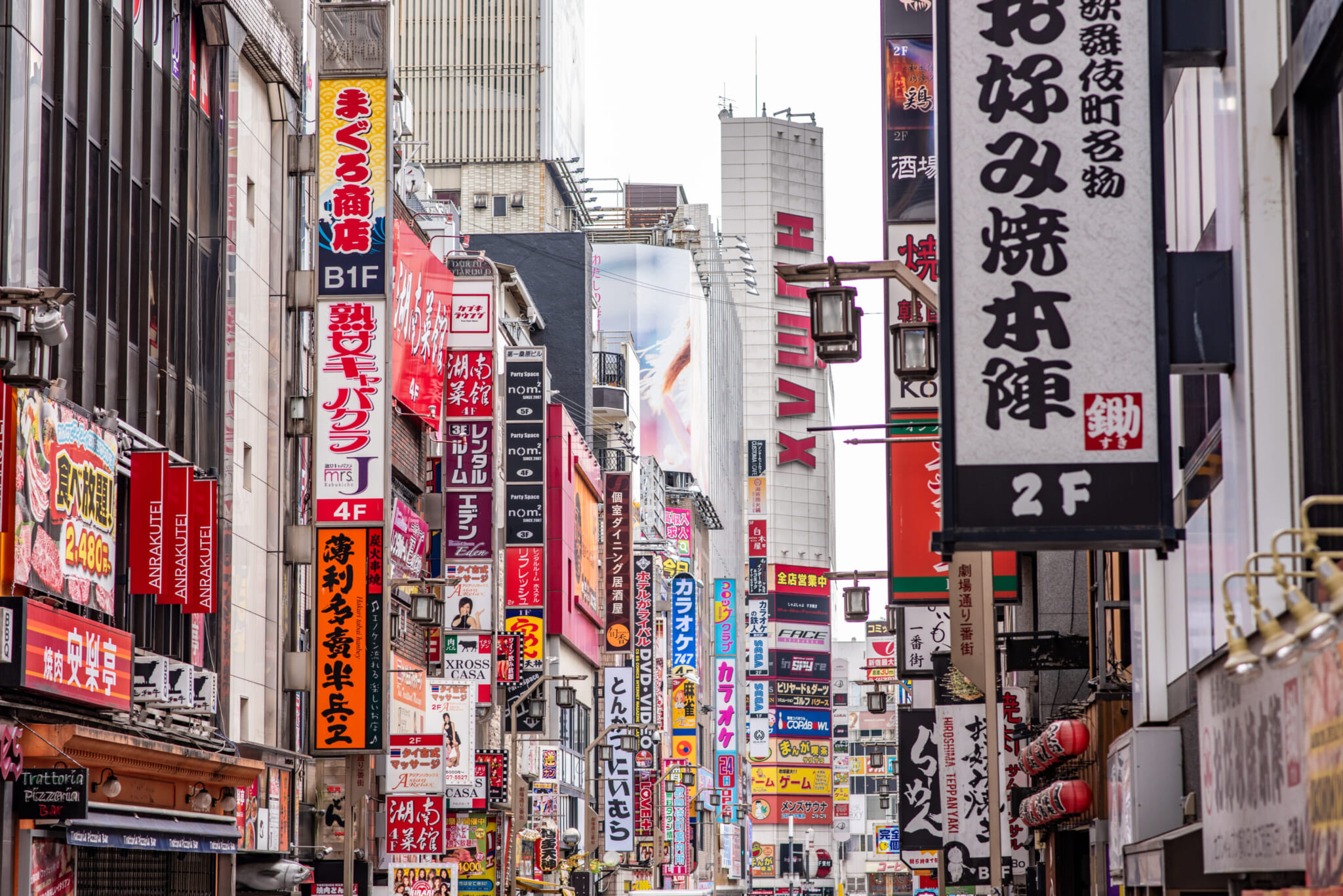
Photo by Page Light Studios via Shutterstock
Information Overload Websites
Anyone who has ventured onto a Japanese website may be amazed at the amount of information on the screen. This is because the idea behind Japanese web design is to have all the information in one place. Forget clicking, all the info should be there. Right there. And there and there and there, too.
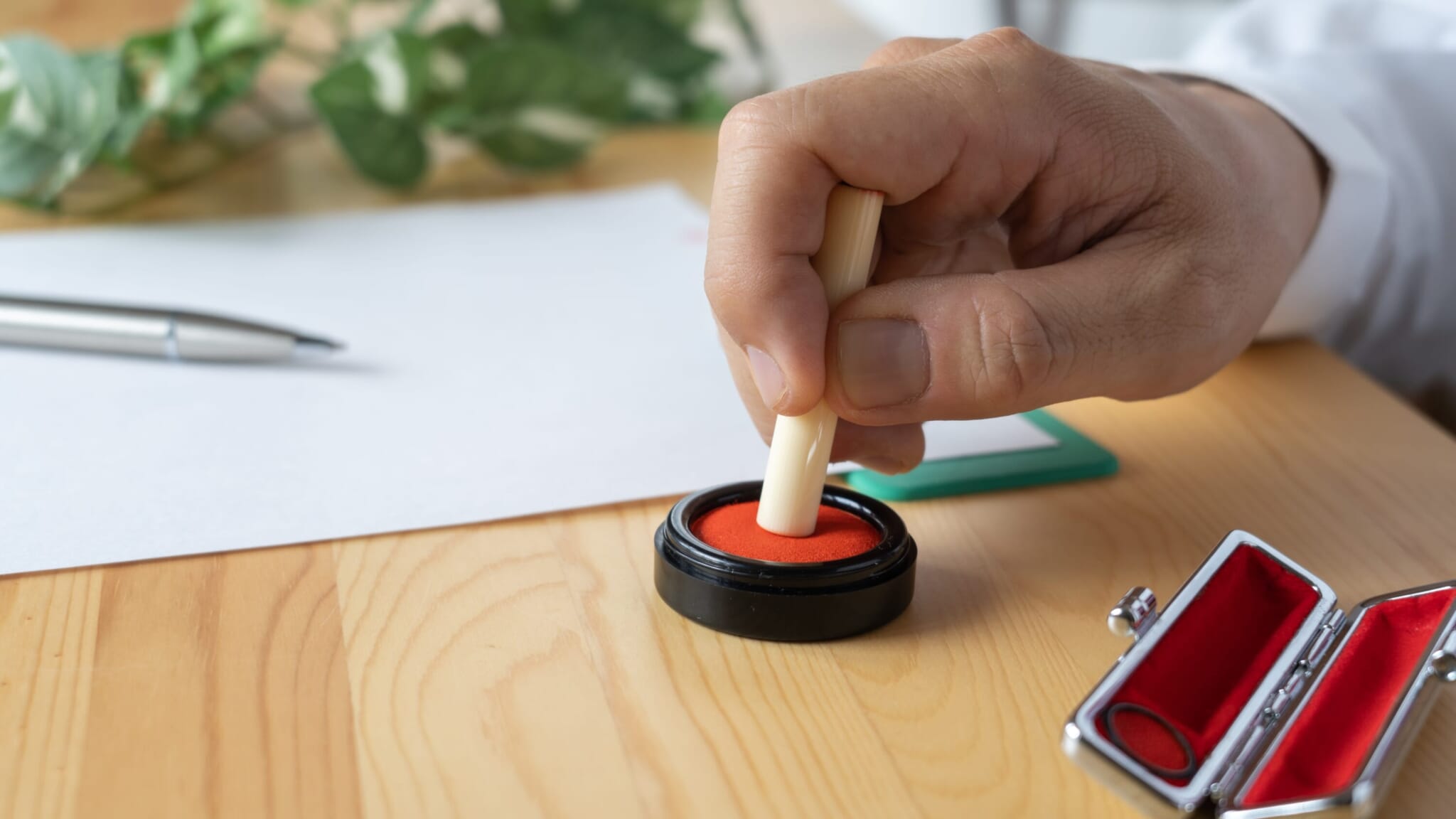
Personal Seal (Hanko)
In Medieval times, knights would seal their letters with wax and their personal stamp. In present day Japan, normal people open bank accounts and even sign for parcels using their personal stamp called a hanko. Even though wax is not needed, Japan has a certain love for the personal seal. This attachment to sentimental items may also explain why things such as fax machines are still around.

